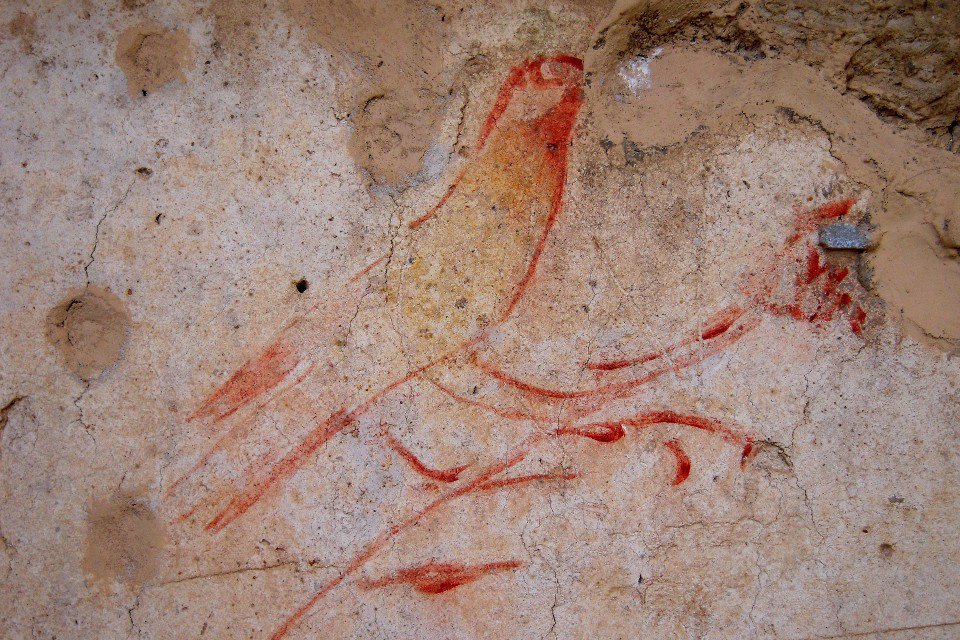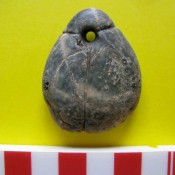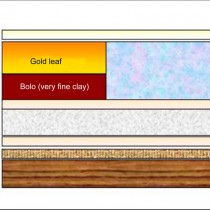The Centre d’Étude des Mondes Antiques (CEMA) and the Centro Studi Pittura Romana Ostiense (CeSPRO) are pleased to invite you to the forthcoming conference “La peinture murale antique: méthodes et apports d’une approche technique”, to be held at the Université Catholique de Louvain (Belgium) on the 21st of April 2017.
The importance to perform archaeometric analyses on the mortars and pigments in the study of antique wall painting is no longer to be justified. Much has already been said, but we lack of a broader discussion on a territorial and diachronic scale. Working on the case of Ostia Antica, where we can notice a substantial change of technique for the paintings between the first and second century, a series of questions came spontaneously to us: are they constants or transformations in the technical execution of the paintings in time? Can some specific characteristics of an area or a particular period be distinguished? Generally, one can notice a progressive decrease of the number and quality of mortar layers, or the less frequent use of some pigments, as cinnabar. Is it possible to give a scientific base to these macroscopic observations through archaeometric analyses? This workshop wishes to be an occasion of meeting each other and discussing over these questions, with their own experience on the field, and establish some bases for further debate.
Call for proposals
Anyone interested in presenting a poster during the conference, should submit a title, an abstract of 100 words (in English, French or Italian) and a brief c.v. The scientific committee will then examine the proposals. Accepted poster proposals will be published in the proceedings of the conference, with the same space as the other contributions.
All proposals should be submitted by Tuesday 15th November to [email protected] or [email protected]
Programme (in French)
Introduction
08h30 – 09h00 : accueil et bienvenue
09h00 : M. Cavalieri : introduction générale
Session 1 : le cas d’Ostie
09h30 – 09h50 : S. Bracci, E. Cantisani, S. Falzone, M. Marano, P. Tomassini : Gli apporti delle analisi archeometriche su malte e pigmenti nella pittura ad Ostia tra il I secolo avanti e dopo Cristo
09h50 – 10h10 : Th. Morard : résultats analyses sur les décorations de la domus aux bucranes d’Ostie (titre à définir)
10h10 – 10h20 : S. Falzone : Per una lettura diacronica delle tecniche pittoriche ad Ostia tra il I e il II secolo dopo Cristo
10h20 – 10h50 : discussion
Pause Café –
Session 2 : L’Italie romaine
11h20 – 11h40 : A. Coralini : analisi tecniche a Pompei e Villa Sora (titolo da definire)
11h40 – 12h00 : S. D’Ilaria, L. Sebastiani. Tectoria e pittura: per un approccio integrato ai frammenti di Aquileia.
12h00 – 12h30 : discussion
Pause repas –
Session 3 : La Gaule romaine
13h45 – 14h05 : S. Groetembril : l’utilisation des terres vertes dans la peinture en Gaule (titre à définir)
14h05 – 14h25 : A. Coutelas : Les mortiers de chaux dans la peinture romaine en Gaule (titre à définir)
14h25 – 14h55 : discussion
Pause café –
Session 4 : Les provinces orientales
15h15 – 15h35 : J. Weber : Archaeometric Analyses at Ephesos (title to precise)
15h35 – 15h55 : A.-M. Guimier-Sorbets : l’utilisation du bleu égyptien en peinture et mosaïque à l’époque hellénistique : études de cas à Délos et à Alexandrie
15h55 – 16h15 : discussion
16h15 – 17h30 : session dédiée aux posters
Conclusions
17h30 : A. Barbet, réflexions conclusives




